Originally published in The Irish Volunteer Journal, Vol. 4 No. 3, Summer 1999
“Before 1870, almost any kind of factory tobacco product was more or less an aristocratic luxury.” Heimann also writes that, “cash was not spent even on cheap cigars or plug [tobacco] if homegrown leaf could be had.” With everyone growing their own—and tobacco was everywhere—there was no point in buying a factory-made product. Further, the cigars a person might buy had no blending of tobacco—they only had what was locally grown. Why buy a Connecticut cigar when a person grew the same stuff in his back yard?
As for Civil War soldiers, it could be that being removed from the back yard patch increased the appreciation of the ready-made cigar, and certainly factory cigar consumption began to take off during the Civil War to reach its height in 1910. But how often did enlisted men smoke cigars? The average prices for cigars at the time were 5 cents, 10 cents, and the premium cigars at 20 cents. To put that in perspective, an enlisted man made $13 a month; divide that by 30 and you get 43 cents per day. So a premium cigar would have cost half of a day’s wages, and that’s without tacking on the sutler charges for bringing them to the army.
At the time of the Civil War, tobacco was usually pressed into a plug or twist (which comes from the practice of pressing tobacco into hogsheads for shipment), and was often flavored with licorice, rum, sugar, cinnamon, nutmeg, or honey so it could be chewed or smoked. There was some distinction between pipe and chewing tobacco with the former usually called “plug” or “twist” and the latter called “navy.” The plug could be sold as a plug (a very compressed square of tobacco)—which was most common—or be cut, and called “cube”, “curve”, “straight”, “wavy” or “Cavendish” cut.



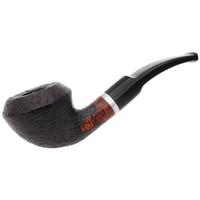
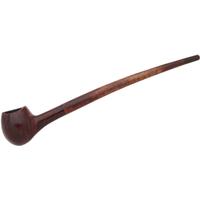
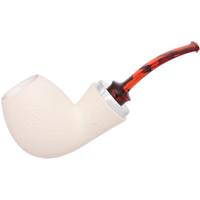
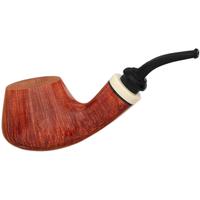
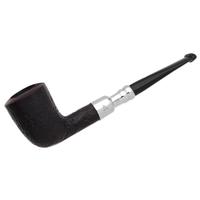
















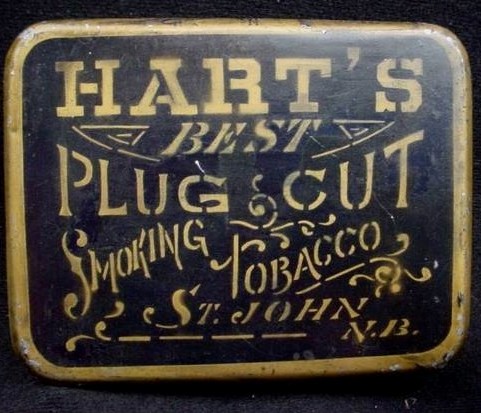


 :
: